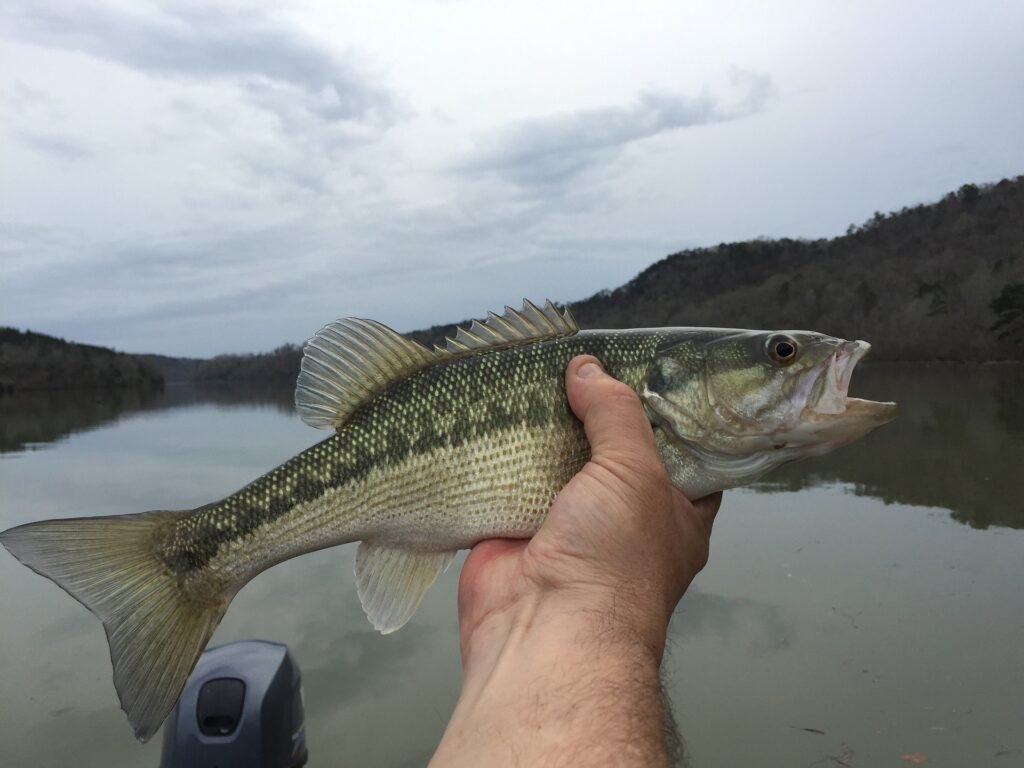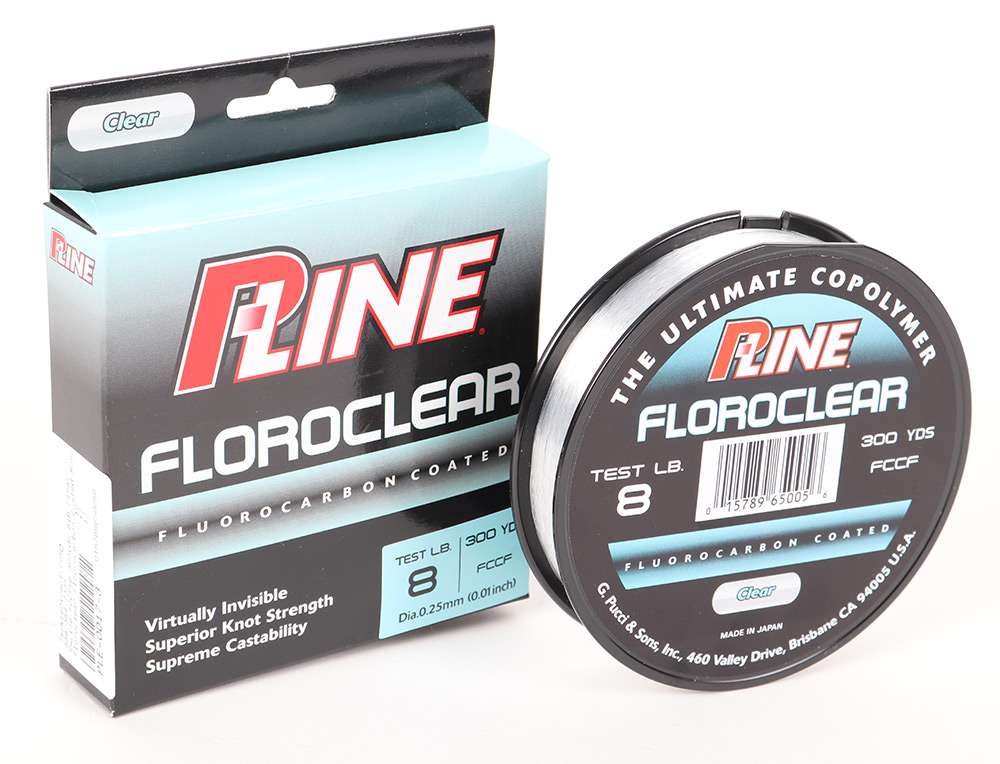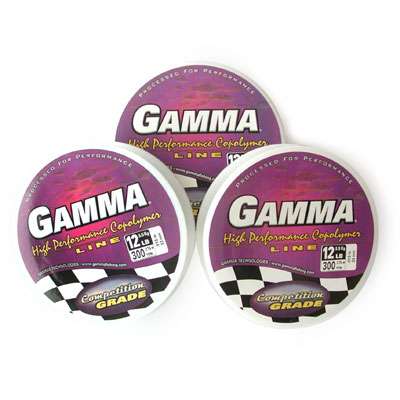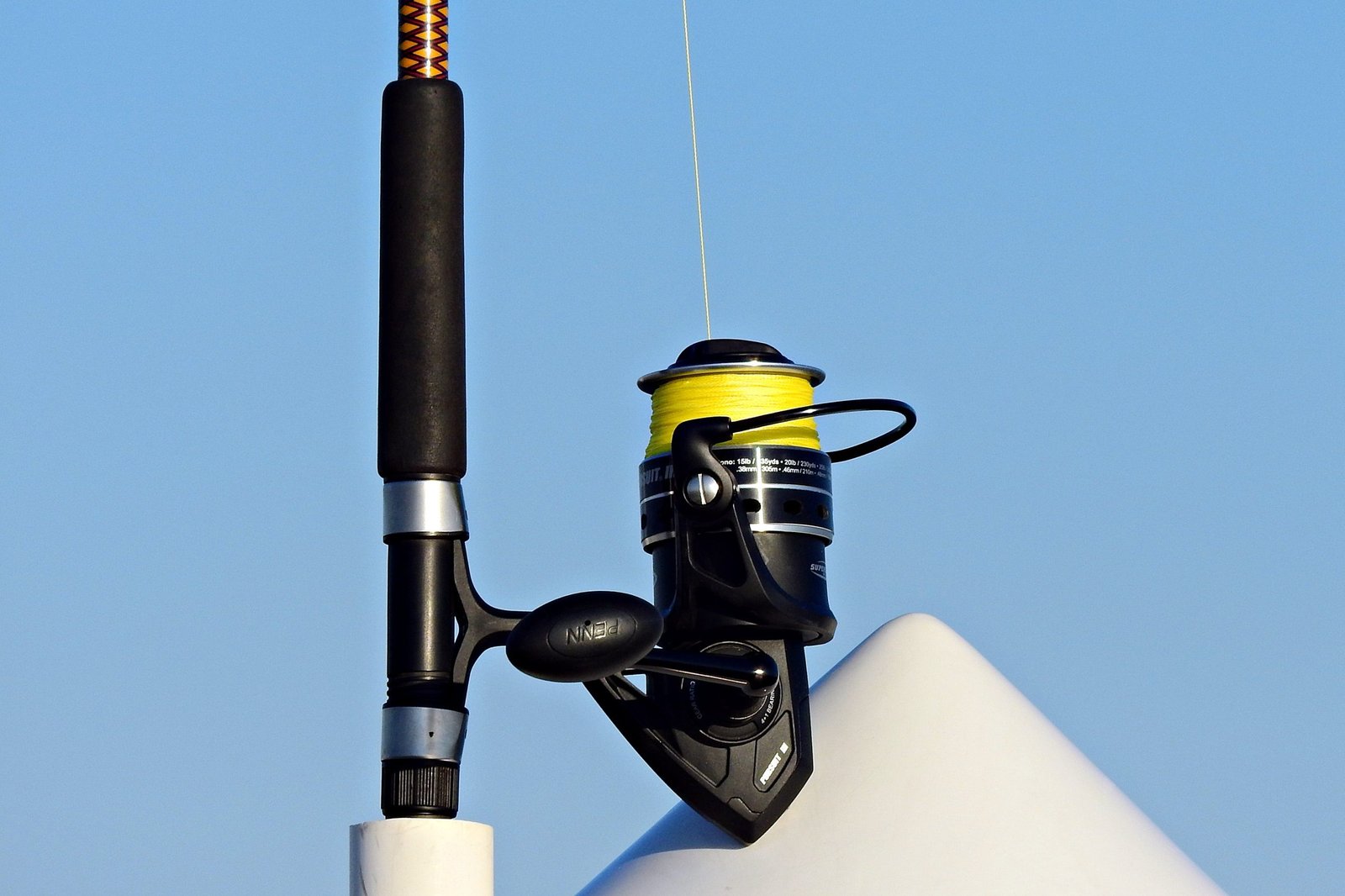
Picking the right fishing line can make a big difference in your bass fishing. You want a line that’s strong, sensitive, and well-suited to your fishing style. The best fishing lines for bass include braided lines for heavy cover, fluorocarbon for finesse techniques, and monofilament for versatility.
Each type of line has its strengths. Braided lines are super strong and great for fishing in thick weeds or around logs. Fluorocarbon is nearly invisible underwater, making it ideal for clear water. Monofilament is stretchy and forgiving, which helps when fighting big fish.
Your choice also depends on where and how you fish. If you’re after trophy bass in heavy cover, you might want 50-pound braid. For finesse fishing in clear lakes, 8-pound fluorocarbon could be perfect. Think about the techniques you use most often and choose a line that matches.
The 3 Main Bass Line Types
Bass fishing (and every type of fishing nowadays) involves three main types of fishing lines. Each has unique qualities that make it suited for different situations. Let’s look at how monofilament, fluorocarbon, and braided lines can help you catch more bass.
Monofilament Lines
Mono is a popular all-around line for bass fishing. It’s cheap and easy to use. You’ll find it stretches more than other lines, which helps absorb shock when a fish strikes.
Mono floats, making it great for topwater lures. It’s also less visible in the water than other lines. This can be helpful in clear water where fish might be shy.
The downside is that mono isn’t as strong as other lines of the same diameter. It can also absorb water over time, which can weaken it.
Fluorocarbon Lines
Fluoro sinks, unlike mono. This makes it ideal for fishing deeper water or with bottom lures. It’s also nearly invisible underwater, which is perfect for finicky bass.
You’ll notice fluoro has less stretch than mono. This gives you better feel and hook-setting power. It’s also more abrasion-resistant, so it holds up well around rocks and wood.
The main drawbacks of fluoro are its higher cost and stiffer feel. It can be harder to cast and manage, especially in colder weather.
Braided Lines
Braid is the strongest line for its diameter. This thin profile lets you fit more line on your reel and cast farther. It has almost no stretch, giving you amazing sensitivity, at any given distance.
You’ll love how braid cuts through weeds easily. It’s also very durable, lasting much longer than mono or fluoro. Braid floats, making it good for topwater fishing too.
The downsides? Braid is visible in the water and can be seen by fish, so you might need to add a clear fluorocarbon leader.
Selecting the Right Fishing Line for Bass

Picking the best fishing line for bass can make or break your fishing trip. The right line helps you cast better, feel more bites, and land more fish. Let’s look at how to choose the perfect line for different bass fishing situations.
Water Clarity Considerations
In clear water, bass can be picky. You need a line they can’t see easily. Fluorocarbon is your best friend here. It’s nearly invisible underwater. This lets you fool even the smartest bass.
For murky water, visibility isn’t as big a deal. You can use stronger, more visible lines like braid or mono. These work well when bass are less spooky.
Remember, match your line color to the water. Clear line for clear water, green for weedy areas, and so on.
Fishing in Vegetation and Heavy Cover
When bass hide in thick weeds or near logs, you need tough line. Braided line is perfect for this. It’s super strong and cuts through vegetation like a knife.
Braid also helps you pull bass out of cover without breaking off. Its no-stretch quality gives you the power to muscle fish away from snags.
For lighter cover, fluorocarbon works well too. It’s abrasion-resistant and sinks, helping your lure get down to the fish.
Matching the Line with Bass Fishing Techniques
Different bass fishing methods need different lines:
- For finesse techniques like drop-shotting, use light fluorocarbon. It’s sensitive and invisible.
- Spinnerbaits and crankbaits work best with monofilament. The stretch helps keep bass hooked during jumps.
- Jigs and soft plastics pair well with fluorocarbon. It sinks and has little stretch for better feel.
- Topwater lures shine with braided line. The no-stretch quality makes walking the dog easier.
Try different lines for each technique. You’ll soon find what works best for you and the bass in your local waters.
Top Picks for Bass Fishing Lines
Bass anglers have several great options for fishing lines. Each type has strengths for different techniques and conditions. Let’s look at some top choices in monofilament, fluorocarbon, braided, and copolymer lines for bass fishing.
Best Monofilament Lines

Monofilament remains popular for its versatility and ease of use. Berkley Trilene Big Game is a tough, abrasion-resistant mono that’s great for heavy cover. It has good knot strength and moderate stretch to absorb shocks.

Sufix Siege is another excellent mono option. It casts smoothly and has low memory, so it stays limp off the spool. This reduces line twists and improves casting distance.
For finesse techniques, try Berkley Trilene XL. It’s supple and nearly invisible in the water. The thin diameter allows for longer casts with light lures.
Best Fluorocarbon Lines

Fluorocarbon sinks and is nearly invisible underwater. Berkley Trilene 100% Fluorocarbon is a top all-around choice. It’s abrasion-resistant and sensitive, making it ideal for feeling light bites.

Seaguar InvizX is another great fluoro line. It’s very limp for a fluorocarbon, which improves castability. The low visibility is perfect for clear water conditions.
For a fluorocarbon leader, try Seaguar Blue Label. It’s extremely abrasion-resistant and ties strong knots. Use it as a leader with braided main line for the best of both worlds.
Best Braided Lines

Braided lines offer incredible strength in a thin diameter. Spiderwire Stealth is a smooth, round braid that casts well. It comes in a range of colors to match water conditions.

Sufix 832 Advanced Superline uses GORE fibers for improved abrasion resistance. It’s sensitive and has minimal stretch, great for feeling structure and bites.
PowerPro Spectra Fiber is another top braid. It’s strong, thin, and casts a mile. The slick coating reduces friction through the guides for smooth casting.
Best Copolymer Lines

Copolymer lines blend the best qualities of mono and fluoro. P-Line CXX is abrasion-resistant with low memory. It casts well and has good knot strength.
KastKing Copolymer Fishing Line is another solid choice. It’s strong and has low stretch for good sensitivity. The line is also very manageable and doesn’t tangle easily.

Gamma Polyflex Copolymer offers good abrasion resistance and knot strength. It has a bit more stretch than some copolymers, which can be helpful when fighting big bass.
Optimizing Performance with Fishing Line Features
The right fishing line can make or break your bass fishing success. Key features like knot strength, sensitivity, and durability play a big role in how well your line performs on the water.
Knot Strength and Sensitivity
Knot strength is super important for landing big bass. You want a line that holds knots well and won’t slip. Fluorocarbon lines often have great knot strength. They also offer high sensitivity, letting you feel even the lightest bites.
Try using a Palomar knot for the best strength. It’s easy to tie and works well with most lines.
Braid has amazing sensitivity too. You’ll feel every little bump and bite. This can help you detect strikes faster and set the hook at just the right moment.
Abrasion Resistance and Durability
When fishing around rocks, logs, or heavy cover, you need a tough line. Braided lines are champs at resisting abrasion. They can take a beating without breaking.
Fluorocarbon is also pretty good at standing up to rough stuff. It’s harder for fish to see too, which is a bonus in clear water.
Monofilament isn’t as tough, but it’s stretchy. This can be good for shock absorption when fighting big fish. It might save you from breaks on hard strikes.
Line Memory and Manageability
Line memory can be a pain. It’s when your line keeps its coiled shape from the spool. This can lead to tangles and poor casting.
Braided lines have almost no memory. They come off the spool smoothly, giving you better casts.
Fluorocarbon has the most memory out of all. Soaking your fluoro spool in warm water before fishing can help reduce memory.
Mono has moderate memory, but it’s easy to manage. It’s forgiving on your reel and simple to handle for beginners.
Frequently Asked Questions
Bass fishing requires the right line setup for success. Let’s look at some key questions about choosing and using fishing lines for bass.
What type of fishing line is recommended for a bass spinning reel?
Monofilament line works well on spinning reels for bass. It’s flexible and easy to cast. A 10-15 pound test mono line is good for most bass fishing with spinning gear.
How do I choose the best lb test line for bass fishing?
Pick your line strength based on where you fish. Use 8-12 pound test for open water and smaller bass. Go with 15-20 pound test for fishing near cover or for bigger bass.
Can the color of my fishing line affect bass fishing, and what’s the best choice?
Clear or light green lines blend in well underwater. These colors make your line less visible to bass. Clear fluorocarbon is popular because it’s very hard for fish to see.
Which fluorocarbon line is preferred by anglers for bass fishing?
Berkley Vanish is a top choice for fluorocarbon. It’s strong and almost invisible in water. Many bass pros use it as a leader or main line.
When using a baitcaster for bass, what kind of fishing line should I use?
Braided line is great for baitcasters. It’s thin and strong, letting you cast far and pull bass from cover. A 30-50 pound braid works well for most bass fishing with baitcasters.
How should I set up my fishing line for the most effective bass fishing?
Try using a braided main line with a fluorocarbon leader. This combo gives you strength and low visibility. Tie them together with a strong knot like the FG or Alberto knot.




